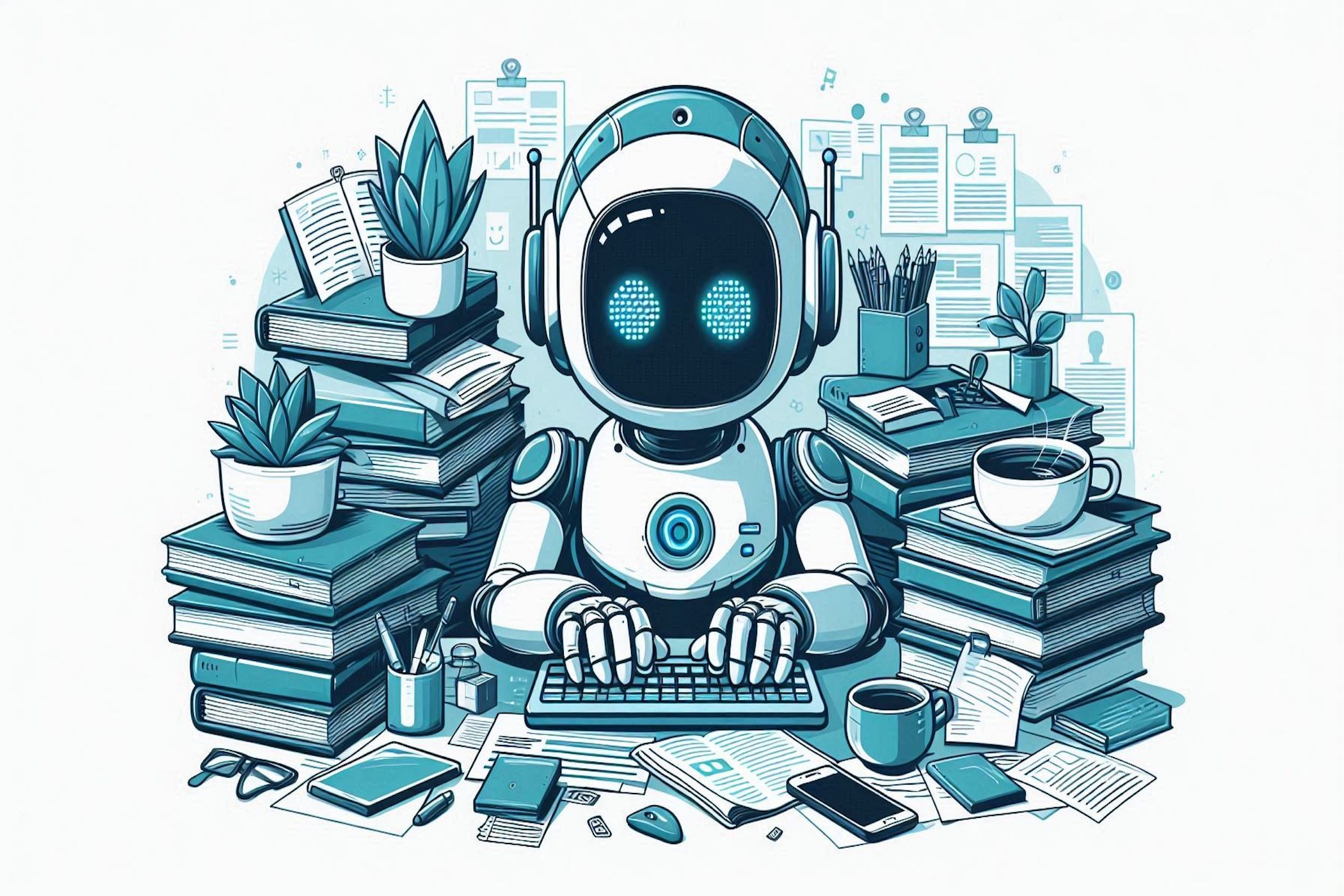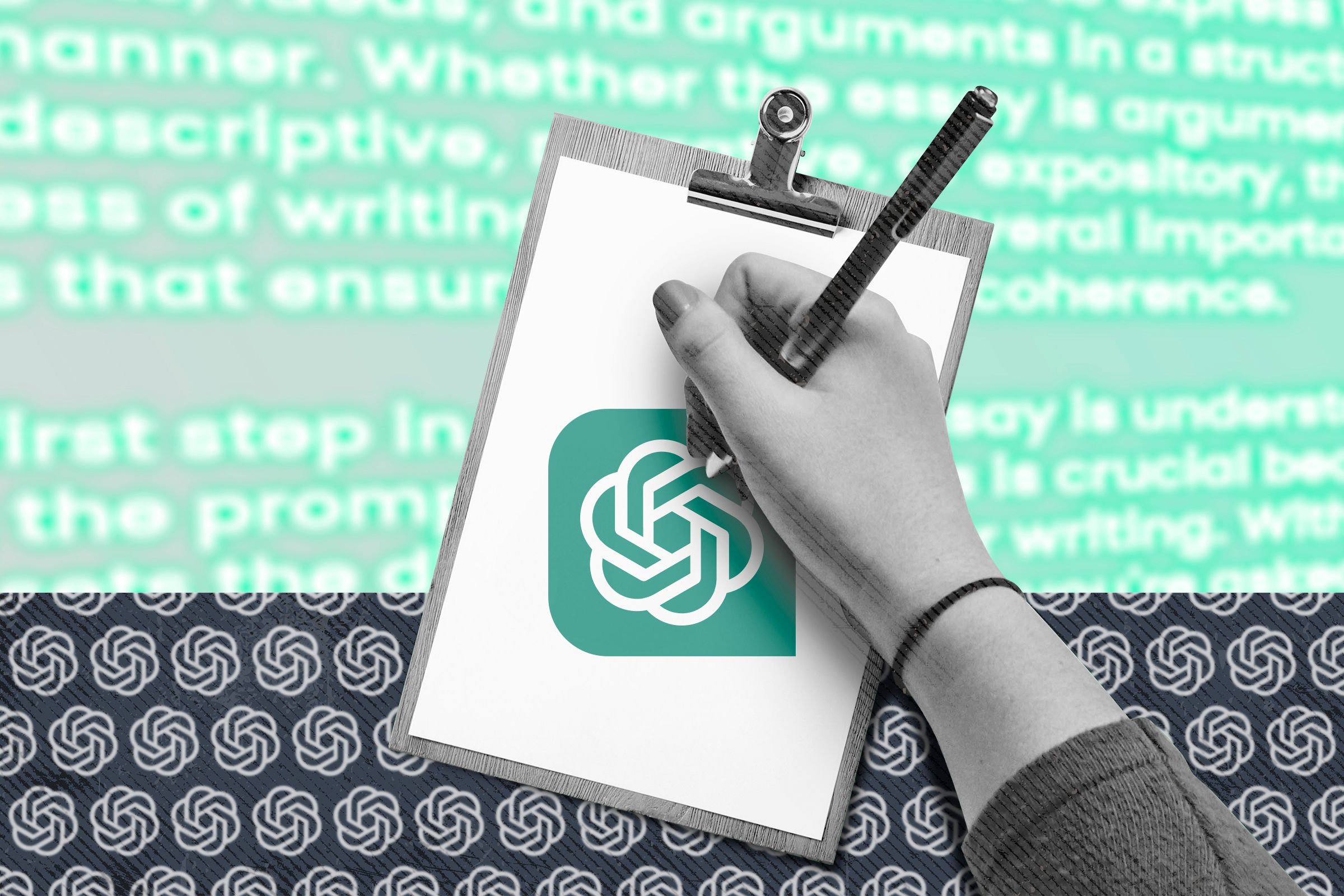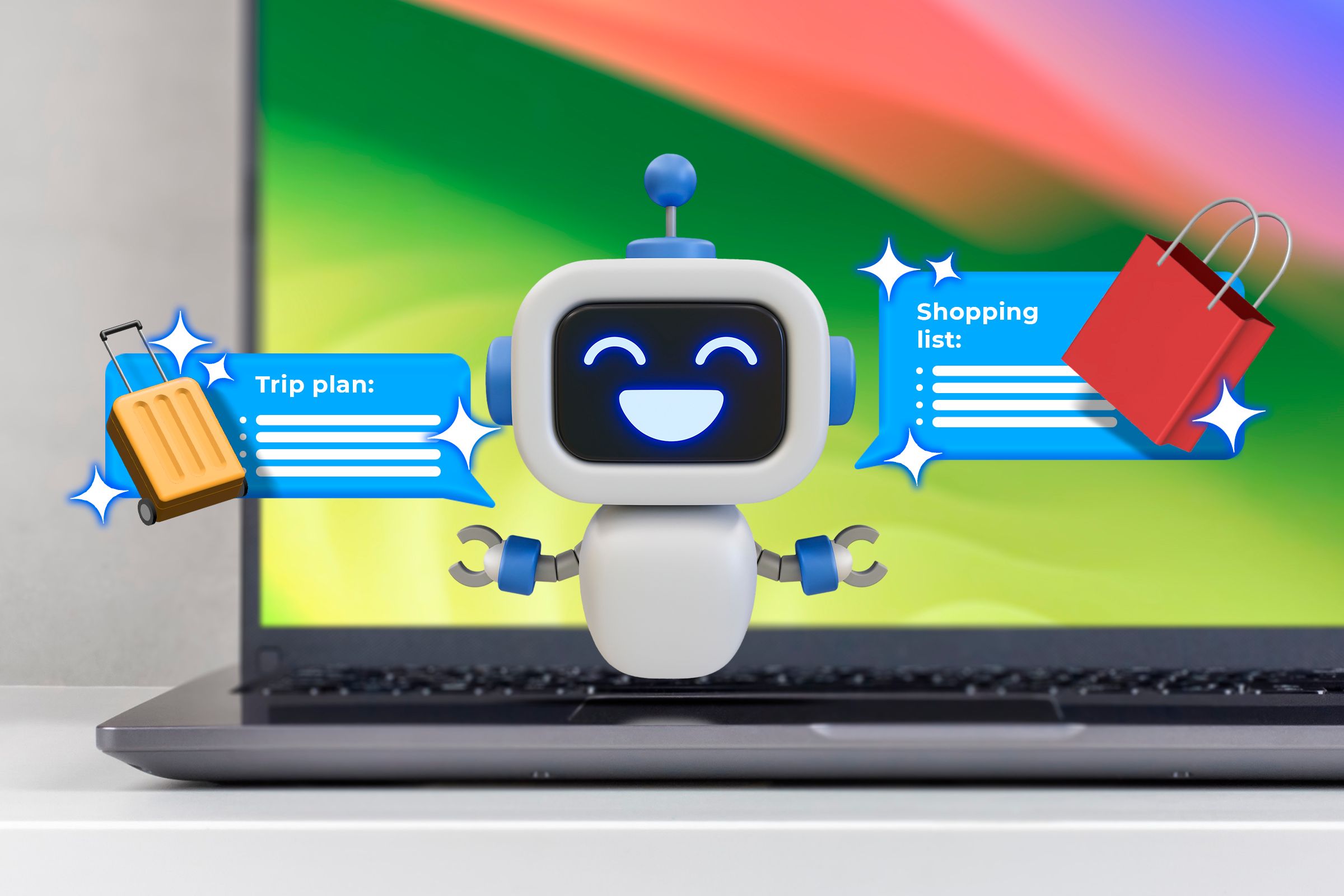Summary
- AI chatbots excel at task management by breaking down tasks, suggesting schedules, and understanding context.
- They streamline communication by drafting emails, structuring documentation, and adapting messages for various platforms.
- AI chatbots aid in project planning by visualizing structures, recalculating dependencies, and incorporating historical data.
Today’s AI chatbots are far more than simple question-and-answer machines. They can transform how you approach all sorts of work, helping you tackle difficult tasks through the use of simple language. Here’s how to harness their power to supercharge your productivity.
Your Personal AI Assistant: Task Management Made Simple
Ever feel overwhelmed trying to get your to-do list in order? AI chatbots excel at turning your stream of consciousness into structured plans. Instead of rigidly formatting tasks in an app, simply explain what you want to get done using natural language.
For example, you might tell your AI assistant: “I need to prepare for next week’s client presentation, schedule a team meeting, and finish the quarterly report.”
The chatbot can break this down into specific tasks, suggest optimized scheduling, and even help prioritize each task based on deadlines and dependencies.
The real power comes from the AI’s ability to ask clarifying questions and adapt the plan. If you mention needing research for the presentation, it might suggest splitting that into smaller tasks or recommend scheduling the research before any team meetings to make them more productive.
What sets AI task management apart is its ability to understand context and relationships between tasks. When you mention that you need to “update the sales forecast,” the AI understands this might require gathering data from your team first. It can automatically suggest preliminary tasks, like requesting reports from department heads or scheduling a quick sync meeting to collect the latest numbers.
Moreover, AI assistants excel at handling recurring tasks with complex dependencies. Instead of manually recreating your monthly reporting workflow, you can have the AI generate a template that accounts for all necessary steps, from data collection to stakeholder review. The assistant can even learn from your feedback, refining its suggestions based on how you actually work.
Mini-Ghostwriter: Streamlining Your Communication
Writing takes time, especially when you’re crafting numerous emails, messages, and documents daily. AI chatbots can dramatically speed up this process while maintaining your voice and intent.
Start by providing the chatbot with context about your message and its objective. For instance, if you need to decline a meeting invitation, you might say: “Write an email politely declining a team lunch because I have a client call, but express interest in joining next time.” The AI will draft a professional response that you can review and adjust.
Share examples of your writing style with the chatbot first. This helps it better match your tone and typical communication patterns, making the drafts feel more authentic.
The AI’s writing capabilities extend far beyond simple emails. When preparing documentation, the chatbot can help structure your thoughts and even suggest improvements for clarity. Let’s say you’re documenting a new process for your team. The AI can help break down complex steps into clear instructions, suggest relevant examples, and identify areas that might need additional explanation.
Another powerful application is in managing multiple communication channels simultaneously. The AI can help adapt your message for different platforms while maintaining consistency. A project update that’s formal in an email can be rewritten as a casual Slack message, complete with appropriate emoji usage and formatting.
The chatbot can also assist with more nuanced writing tasks, like crafting feedback or handling sensitive communications. By analyzing the context and objective, it can suggest language that strikes the right balance between directness and diplomacy. This is particularly valuable when you need to maintain professional relationships while addressing challenging situations.
A Natural Super-Computer: Dynamic and Intelligent
Traditional project management tools can feel rigid and unintuitive. AI chatbots offer a more natural way to plan and adjust projects through conversation. They can understand complex requirements and help you visualize project structures through mind maps and outlines.
Imagine you’re planning a website redesign. You might start with a basic outline, then refine it through natural dialogue:
You: “Create a mind map for our website redesign project.”
AI: Creates initial mind map
You: “Add a section for user testing after the design phase.”
AI: Updates mind map
The AI continually refines the project structure based on your input, helping you spot dependencies and potential bottlenecks before they become problems.
What makes this approach particularly powerful is the AI’s ability to handle complex calculations and adjustments on the fly. As you discuss timeline changes or resource allocation, the chatbot can instantly recalculate dependencies and highlight potential conflicts. This dynamic approach to project planning helps you stay agile and responsive to changing requirements.
The AI can also integrate historical data into its planning suggestions. If you’ve completed similar projects before, the chatbot can analyze past timelines and potential pitfalls to provide more accurate estimates and risk assessments. This learning capability means your project planning becomes more refined and accurate over time.
Furthermore, AI assistants excel at scenario planning. You can explore different project approaches by asking “what if” questions and seeing how changes might impact the overall timeline and resource requirements. This capability is invaluable for making informed decisions about project scope and execution strategy.
Research: Business & Pleasure
Modern AI chatbots with web access can significantly accelerate your research process, whether for work or pleasure. Instead of spending hours sifting through search results, you can have focused conversations that yield actionable insights.
For example, when conducting business research, try asking specific questions about market trends or competitor analysis. The AI can summarize findings, identify patterns, and suggest areas for deeper investigation. For example: “What are the emerging trends in search engine marketing?” The chatbot can provide a comprehensive overview while highlighting key innovations and market leaders.
When it comes to travel planning, as another example, an AI assistant can become your virtual travel agent. The chatbot can help you research destinations by understanding your preferences, suggesting an itinerary based on local events and seasonal patterns, and find transportation options that align with your schedule. It can even help you discover local experiences that might not show up in typical tourist guides, making your trip more authentic and memorable.
The AI’s research capabilities truly shine when handling complex, multi-faceted requests. For market research, it can simultaneously track multiple competitors, analyze various data sources, and identify emerging trends that might affect your business. When planning events, it can coordinate venue availability, vendor scheduling, and attendee preferences while suggesting contingency plans for potential issues.
Remember that while AI chatbots are powerful research tools, they should complement rather than replace your critical thinking. Use them to gather information efficiently but always verify crucial details from authoritative sources.
Making the Most of AI Assistance
To maximize the effectiveness of AI chatbots, consider these best practices.
First, be specific with your requests. Instead of asking for help with a presentation, specify the details—for example, that you need an outline for a 20-minute presentation on social media marketing trends for potential clients.
Next, don’t be afraid to correct your chatbot and help it refine its responses until the output meets your needs.
Finally, when you discover particularly effective ways to interact with the AI, save those templates or at least keep them in mind for future use.
AI chatbots are actively changing how we work, offering a more efficient and natural way to handle tasks. By understanding their abilities and learning to communicate effectively with them, you can significantly boost your productivity.







